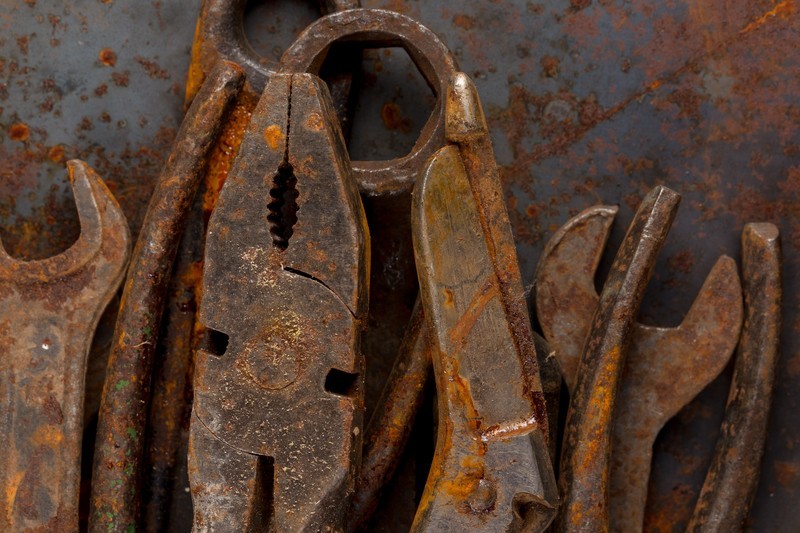Steel and iron are two of the most durable construction metals on the market. While both of these materials are comprised of elements taken from the earth, the environment can wreak havoc on its integrity through the form of corrosion. The gasses in the air react with the properties of the metal, leaving a orange-brown colored substance in its place that we call rust. This isn’t the only form of corrosion, because any form of destruction to metal is defined as corrosion. The effects of corrosion are harmful to the environment but can be managed, slowed, and stopped with the right techniques. Using a hot dip galvanizing equipment process is just one of the ways industries are looking to get ahead of corrosion concerns.

Water Isn’t the Only Culprit
The primary catalyst to jump start rust development is water. Water molecules are able to seep into the microscopic gaps present in metal. When salt is a component of the water, such as structures near the coastline, the corrosion process is accelerated. Exposing the metal to carbon or sulfur dioxide can also make quicker work developing a rusted surface.
A build-up of rust on a material will actually grow those microscopic gaps and cause the metal to expand. When this happens, there is great stress upon the structure. The metal has been weakened, becoming flaky and brittle. Rust doesn’t act like a coating to the metal, and environmental conditions can continue to seep through the rusted layers and further damage the underlying structure.
Resistance Efforts
There are some metals and materials more resist to corrosion, and technology has allowed scientists devise ways of incorporating these elements into steel and iron structures. Creating alloy combinations, such as Hastelloy nickel alloys, Timetal titanium, and Nirosta steels are efforts to inhibit the growth of corrosion and provide more resistant construction materials. Rust is simply on of the threats corrosion brings, and by working to minimize environmental exposure and to alter metal properties can help protect the integrity of steel and iron structures or elements.